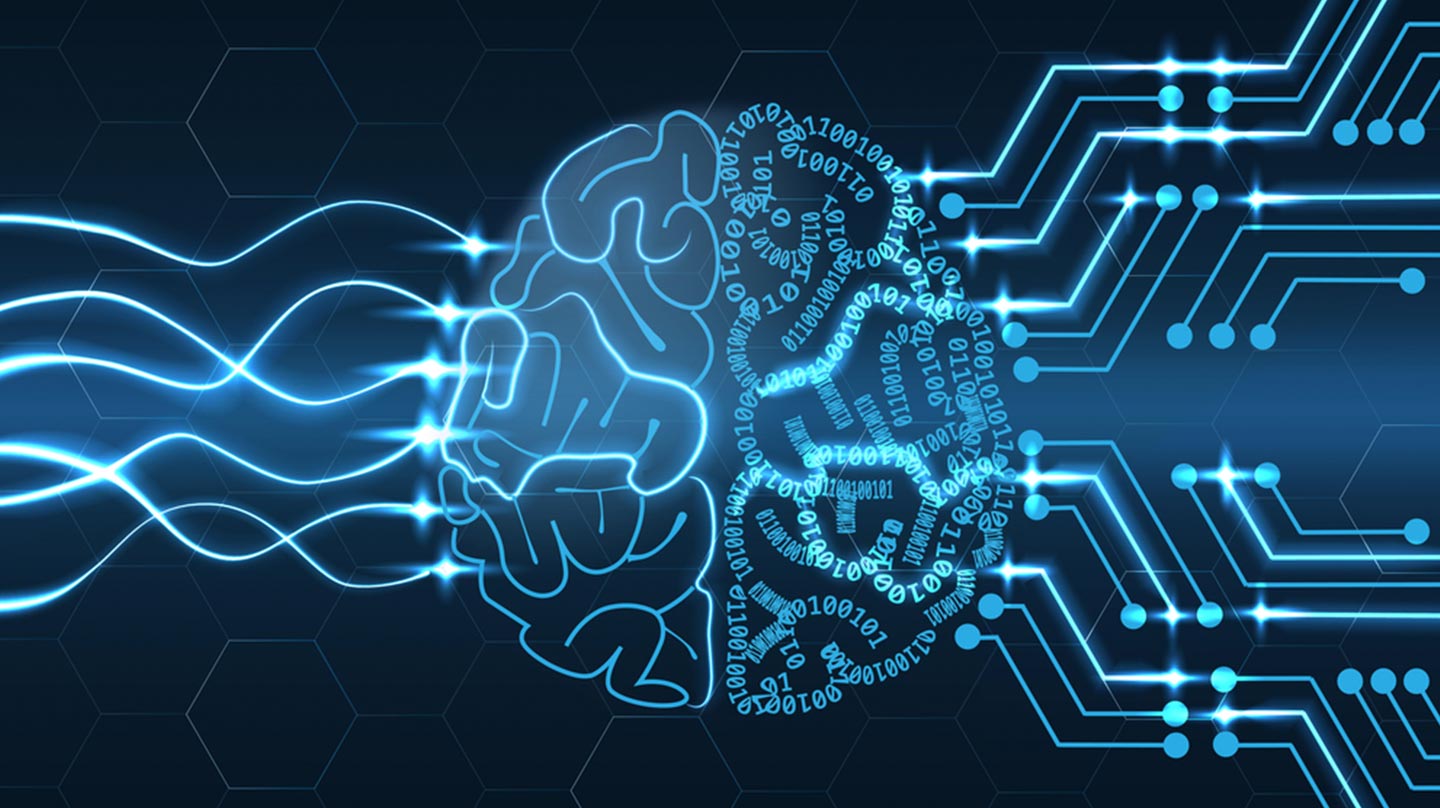“It is difficult to think of a major industry that AI will not transform. This includes healthcare, education, transportation, retail, communications, and agriculture. There are surprisingly clear paths for AI to make a big difference in all of these industries.” – Andrew Ng
‘Can machines think?’
Less than a decade after decoding the Nazi encryption machine Enigma and helping the Allied Forces win World War II, noted mathematician and cryptanalyst Alan Turing asked this simple question to revolutionize the mechanical industry. His ideas on training computers from experience to solve problems using guiding instructions have today developed into heuristic learning.
Today Artificial Intelligence or AI has become such an enthralling topic for data scientists and IT experts alike that almost everyone is talking about it and the ones that aren’t, will soon. Simply put, AI is the simulation of human intelligence in machines, programmed to think like humans, and mimic their actions like learning, reasoning, and problem-solving.
We classify Artificial Intelligence into two broad categories based on their strength and efficiency:
- Narrow AI
- Artificial General Intelligence
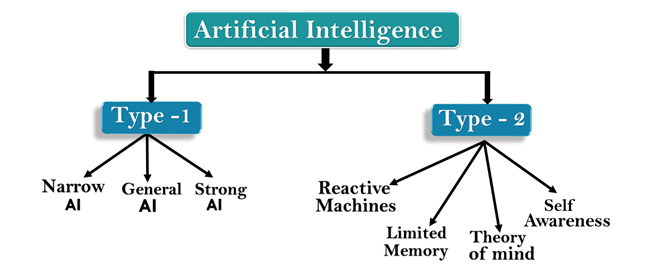
Narrow AI
Sometimes referred to as ‘Weak AI’, this variant of AI is more rampant among both types. It operates as a limited part of human intelligence and is often focused on getting a particular task completed. Despite seeming very intelligent, it runs under many constraints and may even fail to carry out the simplest of tasks compared to the human brain.
The most common and understood case of Narrow AI is the simple Google Search. Another example would be classifying emails as important or spam. Gmail uses a machine learning model that analyses data from scores of users and learns to classify them, providing the customer with the most satisfying result.
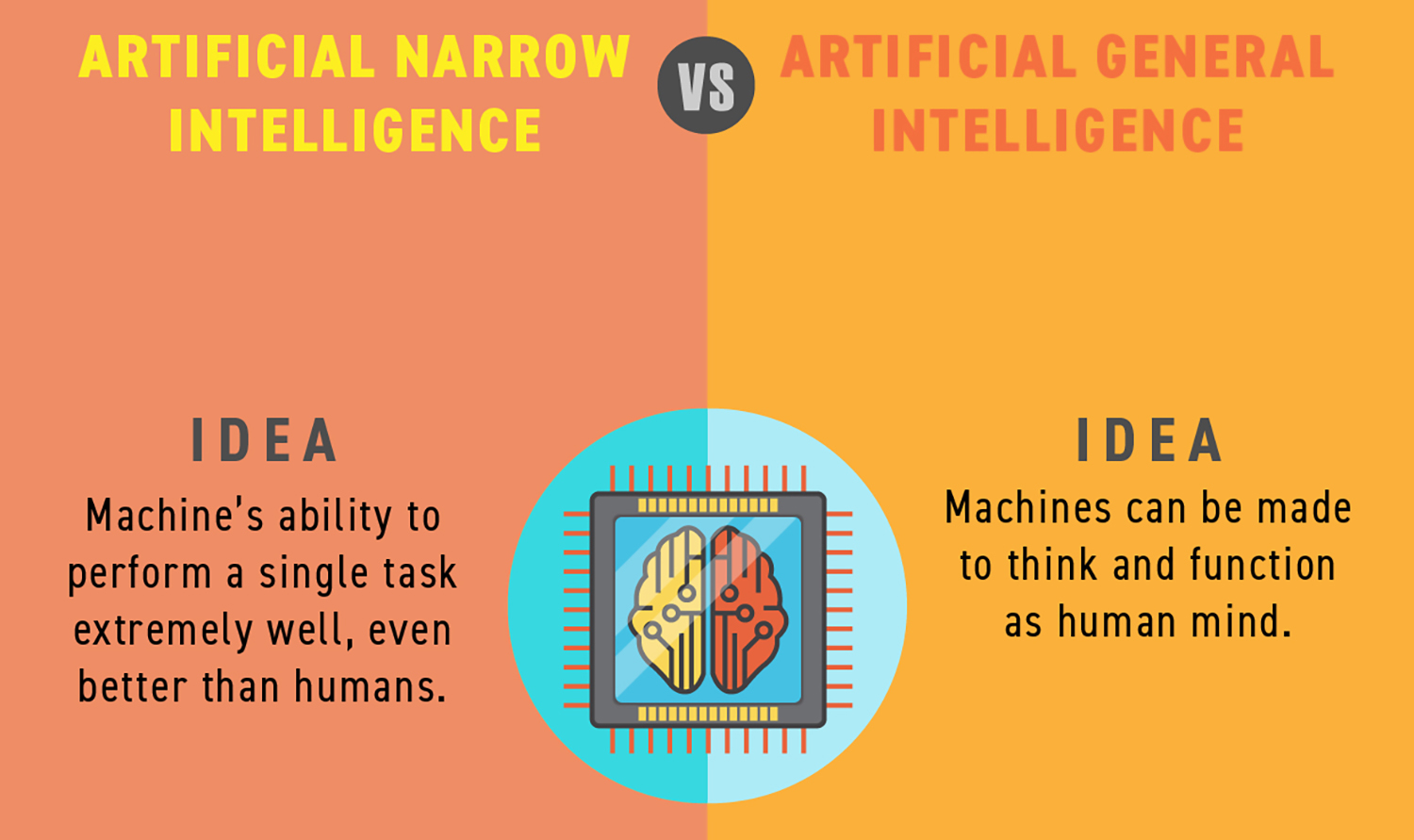
Artificial General Intelligence
The counterpart of Narrow AI, ‘Strong AI’ is the hypothetical intelligence of a machine that can understand or learn any intellectual task that a human being can. The ideal of General AI is that the system would own cognitive abilities and general experiential understanding of its environments that we humans possess, coupled with the ability to process this data at much greater speeds than mortals.
Though AGI does not exist yet as data scientists and researchers have only been successful to implement Narrow AI, it is being researched extensively as humanity gears up for its next big innovation.
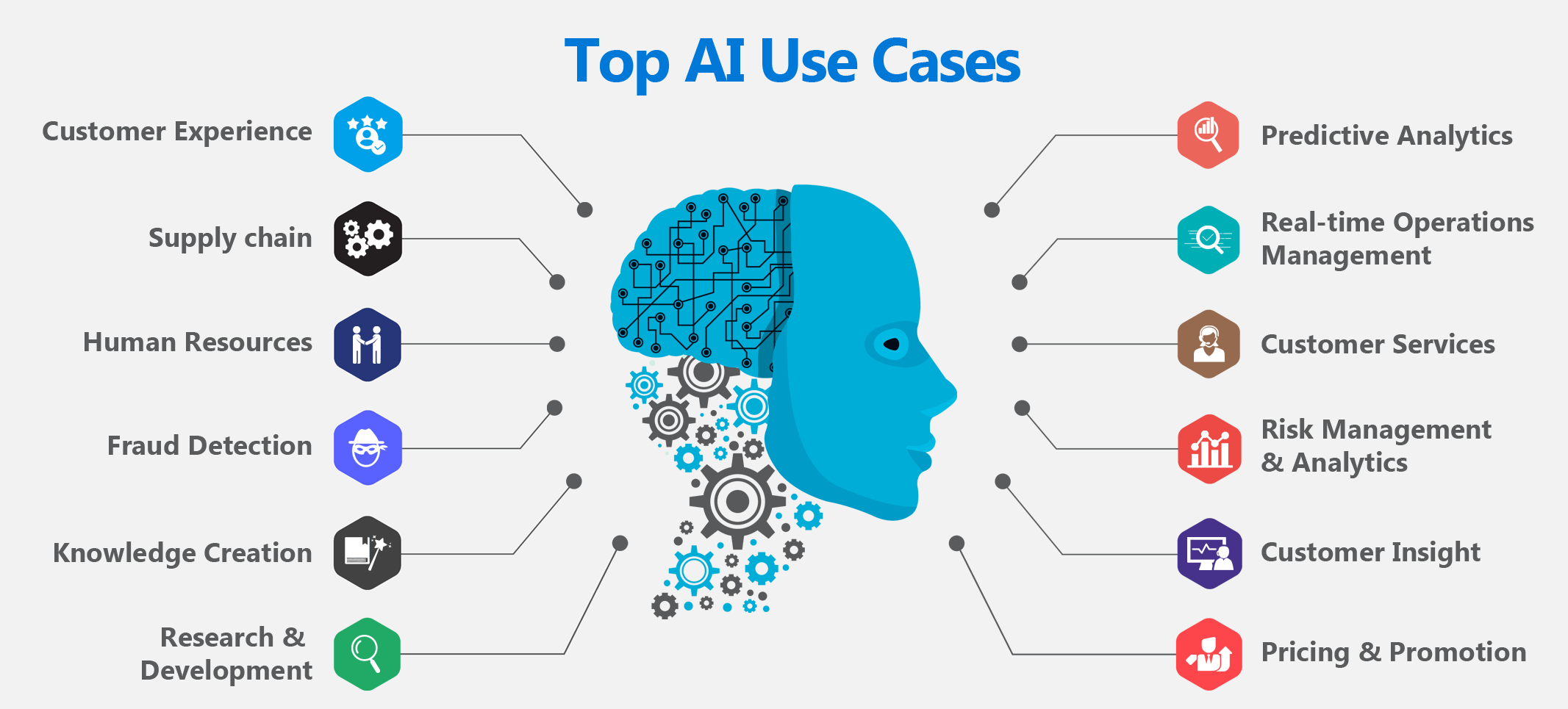
AI is no longer limited to just industries and workplaces. From tweet recommendations on Twitter to Siri setting a reminder for you for an important submission, AI is everywhere. In a statement made by Google and Alphabet CEO, Sundar Pichai,” AI is one of the most profound things we’re working on as humanity. It’s more profound than fire or electricity”. An account of such magnitude emphasizes the seismic impact that AI both, has today and will have shortly. In everyday life, AI has had a sizable influence on the lives of people in various fields, be it security, gaming, memory organization, or entertainment. It is also helpful in simple day-to-day activities, some of which mankind never fathomed 30 years back could be automated, like calculating traffic between points A and B on a roadway or self-driving car.
Of late, The Indian government has used AI efficiently, creating the Aarogya Setu App. It makes calculations based on interactions of users with others, using Bluetooth technology, algorithms, and AI. It has gone a long way in analyzing and predicting COVID-19 patients and patterns.
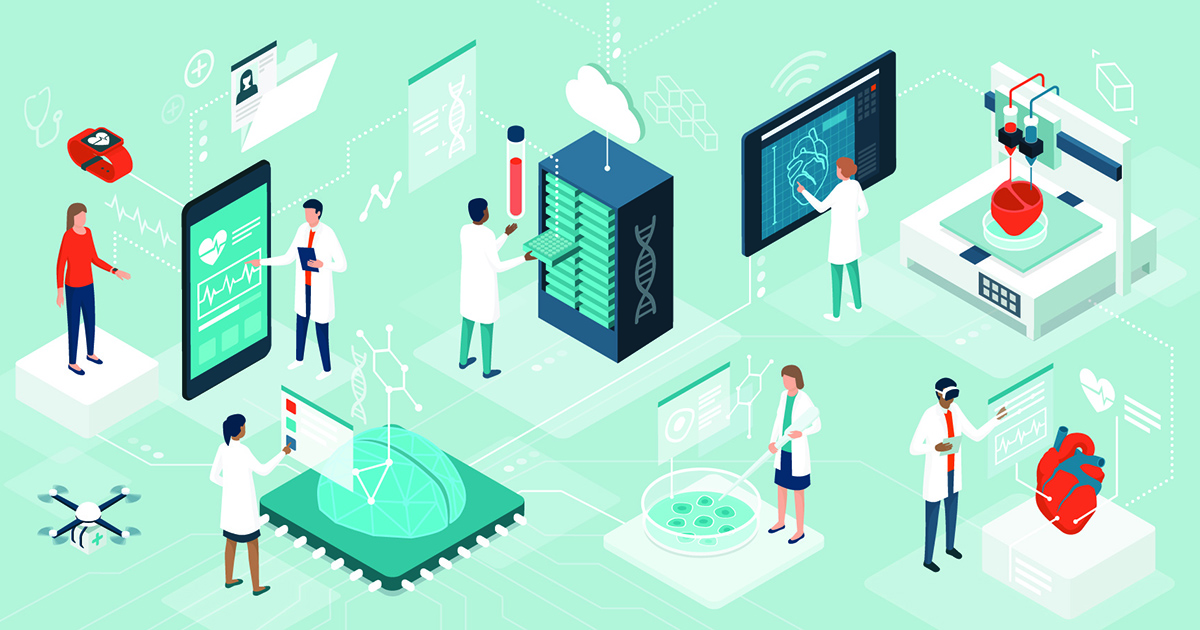
In the next 10 years, experts predict AI to branch out and become the new normal in several avenues like home security and healthcare. Thus, we see that AI is an inevitable and indispensable part of humanity today.

